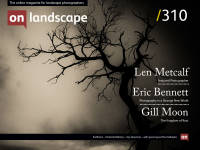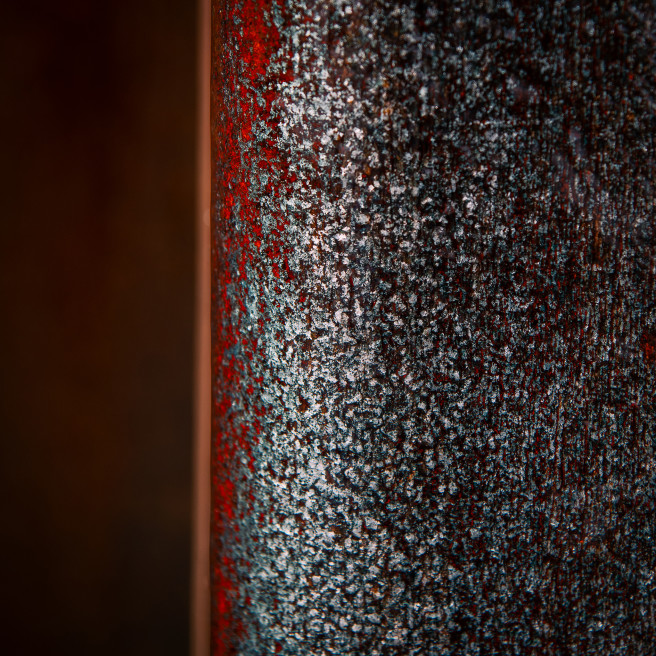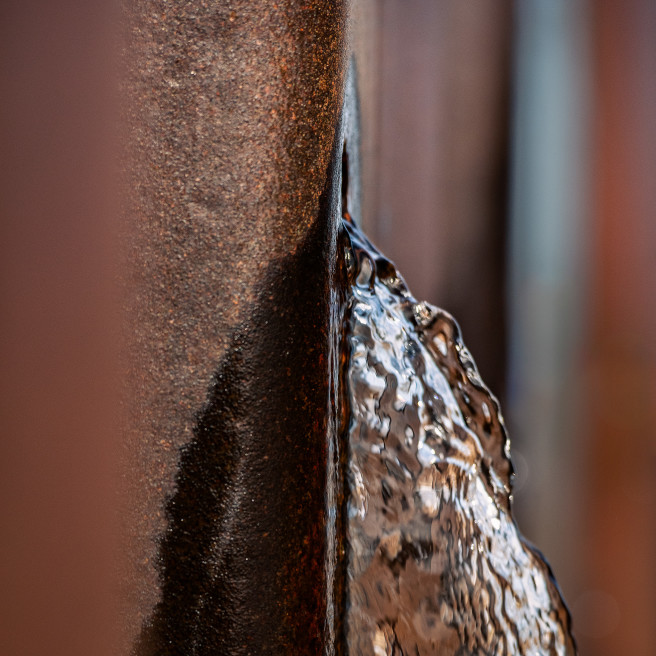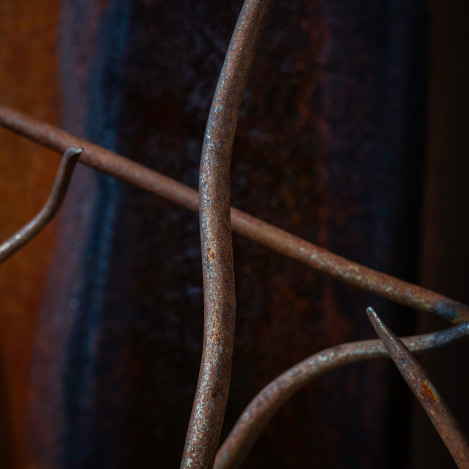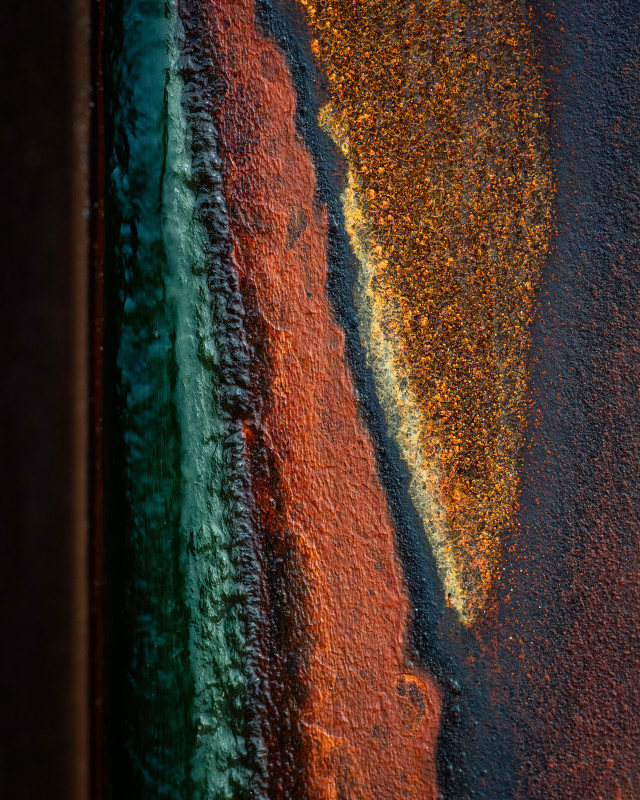man's attempt at constraining nature

Gill Moon
Gill Moon is a professional photographer based on the Suffolk Coast. She specialises in landscapes, waterscapes and marine photography and is passionate about promoting a connection with the environment through her work.
Gill has been taking photographs for most of her life but decided to turn her hobby into a profession in 2010 when she moved to the Suffolk Coast. Her passion for the outdoors also extends to the sea and Gill is an experienced sailing photographer working with the national yachting press and sailing organisations along the East Coast.
Gill’s real passion is the landscape and the natural world and she is increasingly keen to help others foster a connection with both. “For me photography is not just about the technical side of taking a photograph, it is about observation, emotion and portraying a connection with the world around you. These are the things that I believe contribute the most towards creating a compelling image.”
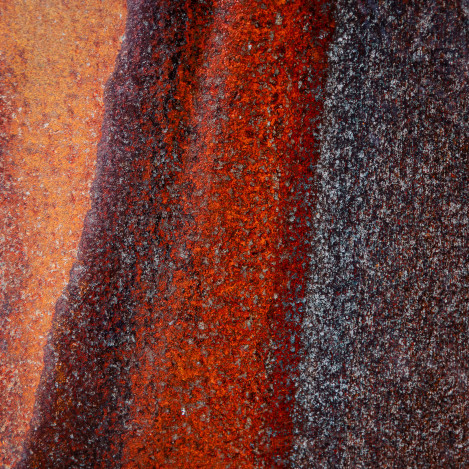
At the edge of my local beach stands a solid 4 meter high wall of steel, a once impenetrable barrier erected to protect the fragile sandy cliffs from the power of the sea. The wall has been here longer than most of us can remember, its newness and smooth surfaces eroded by time. The russet colour that now dominates its facade blends with the beach, its crenellations scoured with salt and pot marked with the indentations of stone. It is battle scared and weakened but still affords some protection, for now.
The wall was erected many years ago to protect the historic site of Bawdsey Manor. Built in 1886, this impressive building was a private residence until 1937, when it was sold to the Air Ministry and became the location for the development of RADAR.
I have been visiting this beach for many years and have always been fascinated by the wall and the constantly shifting shingle at its base. Some years the height of this structure seems inconsequential. The shingle rises, carried by the tides and builds mounds against the base of the wall. I can stand on these and look over the top at the plants growing on the sandy cliffs behind. Other years, the wall appears huge, the shingle dispersed by the tide, and the beach eroded away. I have no hope of seeing the top, which towers meters above the beach.
As a landscape photographer, I have never really sought out the wall as a focus for my images. I prefer natural beauty and am drawn to the wilder world, preferring to exclude man's handiwork from my images rather than include it. But there is something about the wall that I am drawn to.
The tidal range on this stretch of the coast is about 4 meters, and at high water, the sea reaches the top of the structure. On stormy days, the waves crash, and the steel grumbles. The sound reverberates along the length of the wall as the forces of nature bear down in a deluge of wind, tide and sea spray. Rusty holes have opened up in the front face of the steel through which sea water pours on every tide. This ingress leaves its mark, and as the tide falls, the water follows, pouring down the front facade, leaving vivid traces of colour etched amongst the rust.
It was the running water and these marks of colour that first tempted me to photograph the wall. I focused on the patterns and the transition zones where the base of the wall met the beach. Shooting with a 70-200mm lens I was able to create a series of abstract images based around colour and texture and I began to find a beauty in this structure that I had always considered an eye sore.
Returning to the beach one morning in March 2024, I realised how little shingle there was on the foreshore, and instead of stones, I found sand. At the base of the wall, shallow depressions held what remained of the retreating tide, and I could see the wall reflected in the still surface of the water.
All around me, the beach was covered with traces of broken sea defences, twisted metal reinforcing rods released from their concrete casing by the power of the sea, metal chains and lines of wooded groynes. At low tide, with everything laid out in the open, the beach resembled a war zone rather than a wild space. All this debris, which was actually the remains of successive sea defences, was the evidence of conflict between man and nature and the ever growing threat of erosion and rising sea levels.
Two weeks later I went back to the beach to see if I could improve on some of my images. I was looking to repeat a shot I had taken of a wooden post wedged between two lumps of concrete and sitting within an indent in the wall. I walked the length of the structure but couldn’t see the post anywhere.
I have now accrued a growing body of work, some of which I have used to create a limited edition zine titled ‘The Kingdom of Rust’. For a photographer who doesn’t much care for man made structures I thoroughly enjoyed creating the images for this project. There is something about this wall that I am drawn to every time I visit. I love the physical elements - the colours and patterns, textures and decay that nature has wrought on the steel. But I also love the symbolism, the strength and resilience and the battle that the wall fights on a daily basis with the sea. When I watch the waves pound on a stormy day it is a wonder that the structure has stood for so long, the forces in motion are so huge.
One day, the sea will win, and this wall will eventually fall, but until that day, I will continue to enjoy the endurance of this kingdom of rust and man's attempt at constraining nature.
The Kingdom of Rust is a limited edition 32 page zine, signed and numbered and available from gillmoon.com

